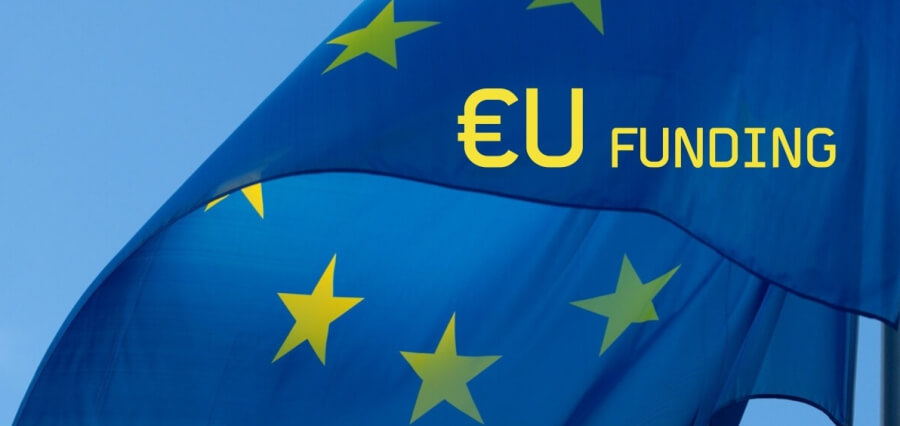What Is a Horizon Europe Call for Proposal?
The call for Horizon Europe proposal is a means of advertising grant opportunities by the European Commission. The call for proposal includes information necessary for submitting a proposal; you should therefore read it carefully. The scope, targeted objectives and outcomes, evaluation criteria, and eligibility criteria are all defined in the call text. The purpose of defining these requirements is to ensure that your project proposal matches the call’s requirements perfectly. Actually, because of the high competition for EU funding and the competition against other excellent project proposals, it is best to ensure that your project proposal matches 110% with the call.
What Is the Next Step?
It is best to browse websites that offer an overview of available national and European calls for proposal. For instance, you can visit the European Commission’s official page of EU funding. You can use a keyword search on these platforms, enabling you to select specific themes relevant to you.
After identifying one or more themes that look interesting at first glance, skimming the text afterwards helps you confirm or exclude a criteria
How Can You Read a Call for Proposal?
This section discusses the main things to consider if a call for a proposal is interesting to you.
- Requested activity and results – also refer to a specific challenge, scope, or expected impacts
- Grant amount – amount for your project
- Funding rate – some funding schemes require companies to contribute to the projects’ costs. Consequently, they can tie fund release to some milestones
- Consortium criteria – company size, the minimum number of partners, and the minimum number of countries allowed, may be part of the criteria. It is important to note that some non-EU countries like Israel, Norway, and Switzerland may participate in EU proposals.
- Technology readiness level (TRL) – a call for proposal may request TRL; TRL measures a technology’s advancement and validation.
- Duration – call for proposals have a minimum and maximum duration with the possibility of applying for longer timeframes in some fields like health
- Single-stage or two-stage proposal process
- Deadlines – is the time by when you must have filled, uploaded, and submitted documents
Important Issues for Consideration
There are several issues you should consider, including carefully reading the keywords in the call. Do the keywords match with your project? Also, can you reference them credibly throughout your proposal? Furthermore, you should consider the grant amount; is it the right ballpark for your technology? Also, does it meet your and your partners’ expectations?
You should also consider if you and your partner can partially fund the project. Also, can you advance money and resources for the project? Furthermore, you should consider if your initial group of companies fit the consortium criteria, especially company size or national diversity. If you lack the required skills, can you find partners within a given time easily?
Additionally, you should consider if the time frame is adequate for you and if your technology fits the requested minimum level. If your technology is at a higher level, it can give you an edge over your possible competitors who are not applying on an average level. Last but not least, you should consider if you have enough time to write your project proposal. Also, building in an adequate buffer for partner discussions on tasks and budgets is advisable.
What Are the Expectations from Your Application?
Depending on what you are applying for, applications are in various shapes and sizes. Usually, applications can range between 5 pages for EIC Accelerator 1st phase and 300 pages for key digital technologies. Also, the application may have various required annexes. There are several application structures, and checking the requirements of your desired call before writing is advisable.
Although, based on the call, the evaluation process varies; however, they all have the same basic idea.
Who Are Evaluators?
Evaluators are the most people that evaluate your proposal. They include industry experts, professors, lawyers, and venture capitalists. Usually, evaluators are selected based on your innovation’s industry. It is important to note that you cannot know your evaluators in advance.
How Do Evaluators Evaluate?
Because evaluators have limited time to evaluate each application, they work under pressure. Therefore, your application should not raise questions, and all critical information should be in an easy-to-read format. Usually, there are three to six evaluators, but none can be from the same country as the applicant. Evaluators use specific evaluation criteria to evaluate applications; they give points between 0 and 5 and a GO / NO GO decision
Conclusion
After getting calls for proposals, you need to read and understand the call before writing the proposal. Considering the tips discussed in this article can ensure your project proposal stands out to your evaluators.
Good luck.


